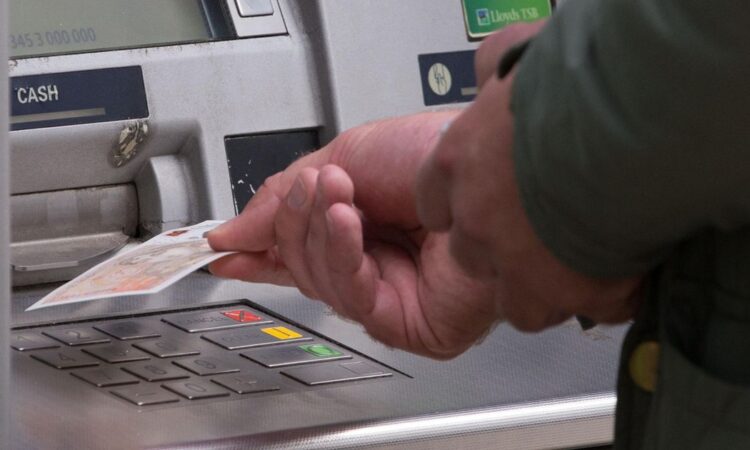
New rules for ATM usage are being rolled out across the UK, with a “super-ATM” feature allowing deposits for multiple banks being tested. Cash Access UK, an entity established to address cash access shortages, has confirmed that additional ATMs will be trialled.
This comes as numerous bank branches have been closing nationwide. In recent news, residents in Nailsea, in North Somerset, were left having to travel to Clevedon, Portishead or Bristol to visit their bank after the last one, Lloyds in the Crown Glass shopping centre, closed down in February this year.
However, town councillors got on the case and lobbied bank bosses LINK to create a new banking hub there instead, which will give residents access to all the major banks under one roof. Similarly, this new “super-ATM” will provide an innovative multi-bank automated deposit service.
READ MORE City council and Bristol Waste directors given £65K exit payoffs, accounts reveal
READ MORE Boy, 12, dies in tragic accident while on a bike ride with his dad
These advanced machines will not only provide standard services like cash withdrawals and balance checks but will also facilitate free cash deposits for customers of Bank of Scotland, Barclays, Halifax, Lloyds, NatWest, Royal Bank of Scotland, and Ulster Bank.
Gareth Oakley, chief executive of Cash Access UK, commented: “Access to deposit-taking ATMs is vital for cash-reliant UK consumers struggling to access basic banking services and it’s just as important that businesses who accept cash can bank it too. This innovative new service has only been made possible through exceptional industry-wide collaboration, of the banks, LINK and leading providers of ATM services.”
Martin McTague, national chairman of the Federation of Small Businesses (FSB), expressed concern over the dwindling bank branch network, highlighting the challenges faced by small business owners in depositing daily earnings securely without having to close early or travel long distances, reports Birmingham Live.
“The ability to deposit in a super-ATM that works for multiple banks is an important innovation and could make a real difference alongside the accelerated rollout of banking hubs and maintenance of Post Office counters.”
Since January 2015, 6,005 branches of banks and building societies have shut their doors, which averages out to about 53 closures per month. That means over 60 per cent of the branches operating at the beginning of 2015 are no longer open. These statistics incorporate branches from 20 significant current account providers, as well as all other figures mentioned within this piece.





